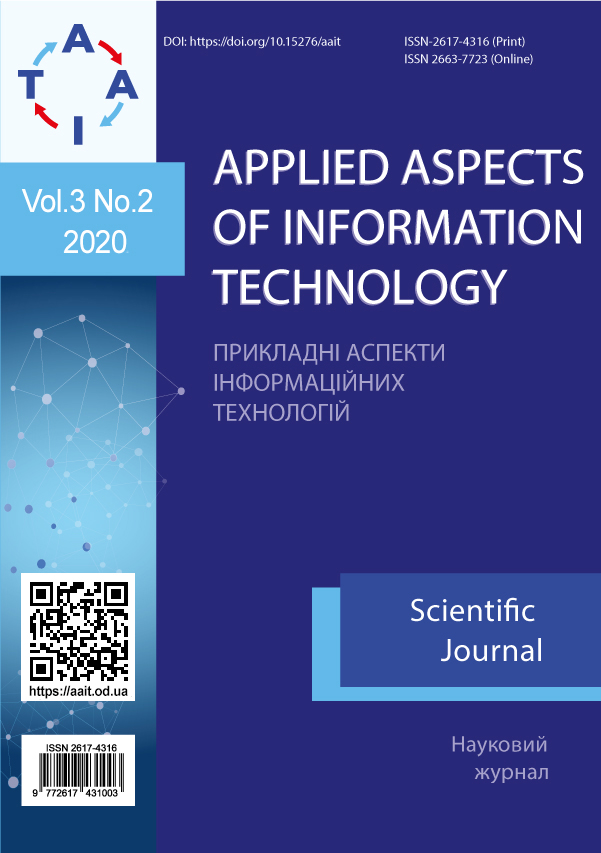Field weakening control for induction motors based on copper and iron losses minimization
Main Article Content
Abstract
This paper is concerned with the analysis of losses in induction motors. The most significant have been chose for minimization. These are in particular the losses in the windings and in the magnetic circuit due to eddy currents and hysteresis. Equations for the rotor flux linkage and orthogonal components of the stator current in the rotor reference frame dq in the induction motor’s vector control system based on the condition of minimizing the total losses in copper and motor steel in the steady state. Here, effects of steel saturation are not taken into account. The limit values of the torque and speed are determined, where the rotor flux linkage control can improve the energy characteristics of the drive outside the magnetic saturation. It is shown that the main difficulty in implementing energy-optimal control is that the rotor flux linkage operates not only energy parameters, but also speed regulation in the field-weakening region. A block diagram of the implementation of energy-optimal control with field weakening mode is proposed. The idea is to switch the control algorithms of the magnetic field of the motor in such a way that in the start-brake modes the rotor flux linkage changes in the speed reference function, and when operating at a steady speed, in the function of the torque. A comparative analysis for a typical and developed drive systems in field-weakening mode by the simulation is carried out. It is shown that with the same transients of the torque and speed in a typical system, the efficiency in steady-state decreases with a decrease of torque load torque, whereas the proposed system it remains unchanged. The change in efficiency in dynamic conditions occurs when the rotor flux linkage changes. With energy-optimal control, there is a slight increase in the stator current peaks when the torque load changes abruptly, but at low torque load an additional field-weakening leads to a decrease in the stator voltage, which carry on a decrease in electricity consumption



